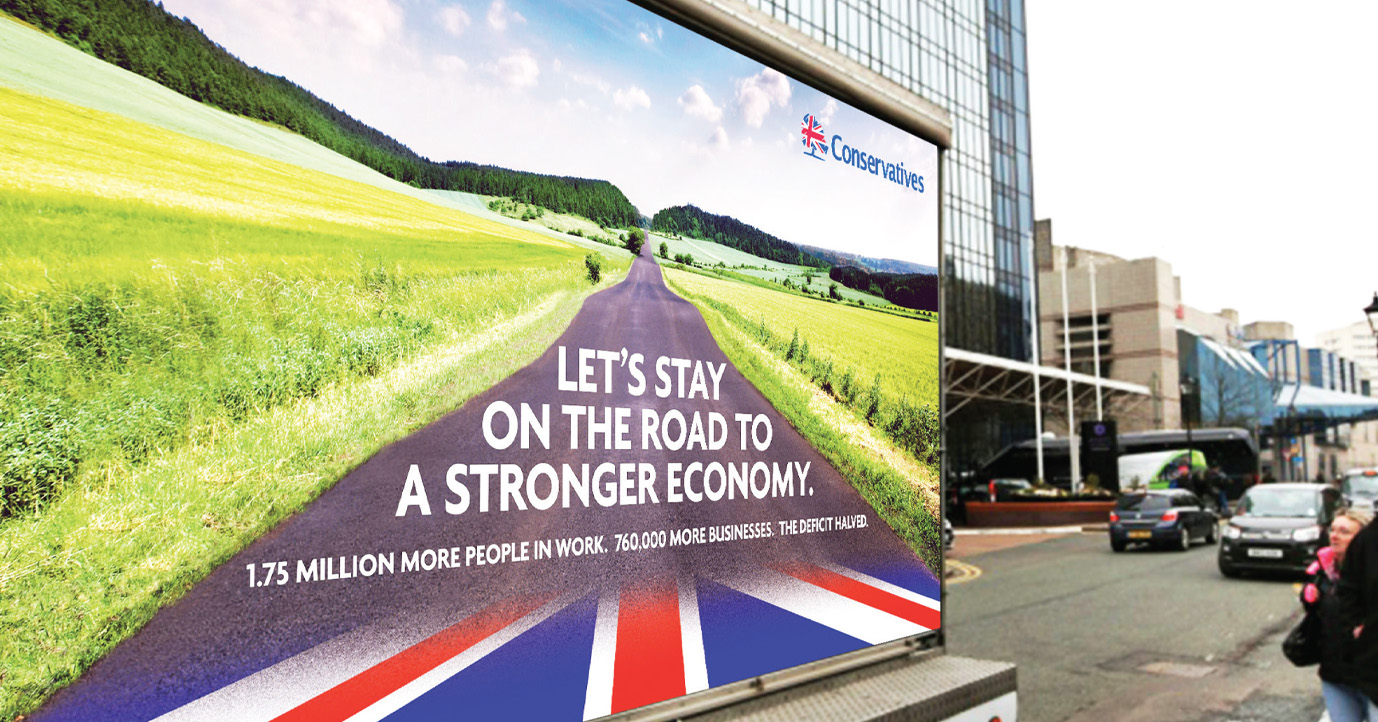
Two types of constituencies feature in my last round of marginals polling for 2014. First, the next tranche of seats the Conservatives are defending from Labour; second, a selection of seats where Labour may be under threat from UKIP. I have also returned to the solitary Green constituency, Brighton Pavilion.
In previous rounds I have said I wanted to find the point in the Conservative-Labour battleground at which seats consistently stay blue and the damage stops. Well, it has not stopped yet, though I suspect Labour will be disappointed not to be inflicting more of it.
In the last few weeks I have polled 1,000 voters in each of the eight seats with Tory majorities over Labour of between 7.1% and 8.5%. On the basis of this snapshot, four of the eight would stay in Conservative hands – Carmarthen West & South Pembrokeshire, Elmet & Rothwell, Harrow East, Pendle, and Warwick & Leamington (each with swings to Labour of 2.5% or below) – and a fifth, South Swindon, would be a tie. Labour would gain Stevenage with a 5% swing and Ealing Central & Acton with a 7% swing.
UKIP scored between 6% (Ealing Central & Acton) and 20% (South Swindon). In every case the party scored slightly lower when people were asked to think about their own constituency than when asked the initial standard question of which party they would vote for in an election tomorrow. Of those who said they would vote UKIP in the standard question, 8% said they would vote Conservative when it came to their own constituency, 5% said Labour and 5% said they did not know what they would do. Fourteen per cent of 2010 Tories who named UKIP in the first question said they would vote Conservative again when asked about their own seat.
The findings suggest some room for movement as the campaign develops. Only just over half (52%) of Conservative defectors to UKIP, and only 60% of Lib Dem defectors to Labour, ruled out returning to their 2010 parties at the next election.
Nearly one third (32%) of voters in these seats said they were satisfied with the job David Cameron was doing as PM, with a further three in ten saying they were dissatisfied but preferred him to Ed Miliband. Only 26%, including 60% of Labour voters, said they would rather see Miliband in Number Ten. Nearly seven in ten UKIP voters (69%), including 87% of Conservative defectors to UKIP, said they preferred Cameron.
Overall in these seats the Conservatives look slightly ahead in the ground war, though reported contact rates from the parties vary widely between seats. The numbers saying they had had literature, direct mail, phone calls, emails or personal visits from the Conservatives ranged from 13% to 48%, with between 11% and 28% saying they had heard from Labour.
On the Labour-UKIP battleground I looked at four constituencies in which, according to the Fabian Society’s Revolt On The Left report, Labour are at “critical” or “high” risk of a direct challenge from UKIP: Great Grimsby, Dudley North, Plymouth Moor View and Rother Valley.
I found Labour ahead – just – in all four of these seats. But if the Labour Party is worried about them, it has good reason to be. In three of the seats I found UKIP ahead by up to six points on the standard voting intention question, and they were tied with Labour in Dudley. It was only when people were asked how they would vote in their own constituency that Labour’s lead reasserted itself: six points in Rother Valley, five points in Plymouth Moor View, three points in Dudley North and one point in Great Grimsby. In the seats as a whole the swing to UKIP was 13.5%.
More than one fifth (22%) of 2010 Labour voters said they would support UKIP when asked who they would vote for in an election tomorrow, as did 31% of 2010 Tories and 30% of 2010 Lib Dems. When asked how they would vote in their own constituency, fractionally more Tories said they would switch (32%) which the proportions defecting from Labour and the Lib Dems declined to 19% and 25% respectively. Of those naming UKIP in the first question, 2% named the Conservatives in the “own constituency” question, 6% named Labour and 4% said they didn’t know what they would do.
Labour can thank Lib Dem defectors that they are managing cling on in these seats. Of those naming a party, only 27% of 2010 Lib Dem voters said they would vote the same way at the next election; 28% said they would vote Labour. However, only around two thirds (63%) of Lib Dem defectors to Labour ruled out returning to their former party next May.
These tight results open the possibilities for tactical voting. These polls have shown that UKIP have built up momentum in these seats and that they, not the Tories, are the principal challengers to Labour. How many Conservative voters in these constituencies will consider lending their votes to UKIP having seen that Labour can be beaten locally for the first time in decades?
UKIP voters were the most pessimistic about the economy, both for the country as a whole and for themselves and their families – indeed they were the only group among whom less than half thought things would go well for them personally over the next year.
In these seats the ground campaign looks quite even, if not exactly intense: 15% of voters said they had heard locally from Labour, and 14% from UKIP.
In the unique constituency of Brighton Pavilion, I found the Green Party ten points ahead, with a four-point swing from Labour. Curiously, a higher proportion of voters here said they would prefer Miliband as PM (45%), and that they wanted to see a Labour government (43%) than in any of the seats where Labour are actually ahead.
Again, the ground campaign looks closely fought, with 27% saying they had heard locally from the Greens and 26% saying they had heard from Labour.
Where does this leave our overall assessment of the battleground? Regular readers will recall that the Magic Number – the difference between the number of Conservative and Labour seats in the House of Commons, and therefore the combined number of net Tory losses and net Labour gains needed for the parties to have the same number of MPs after the next election – is 46.
In the Lib Dem-held seats I have polled so far, I have found the Conservatives ahead in ten and Labour ahead in nine. However, that small advantage on the Lib Dem battleground is cancelled out by the fact that I found the Tories behind to UKIP in Thurrock. The lack of any net advantage elsewhere means the Conservatives can afford to lose no more than 23 seats to Labour if they are to remain the largest party.
Unfortunately for the Tories my constituency polls have so far found Labour ahead in 39. However, some of the margins look very slim, not just over the Tories but over UKIP. Moreover, we have not yet looked in detail at Scottish constituencies, which could potentially change the equation dramatically. My fieldwork north of the border will begin in the New Year.


